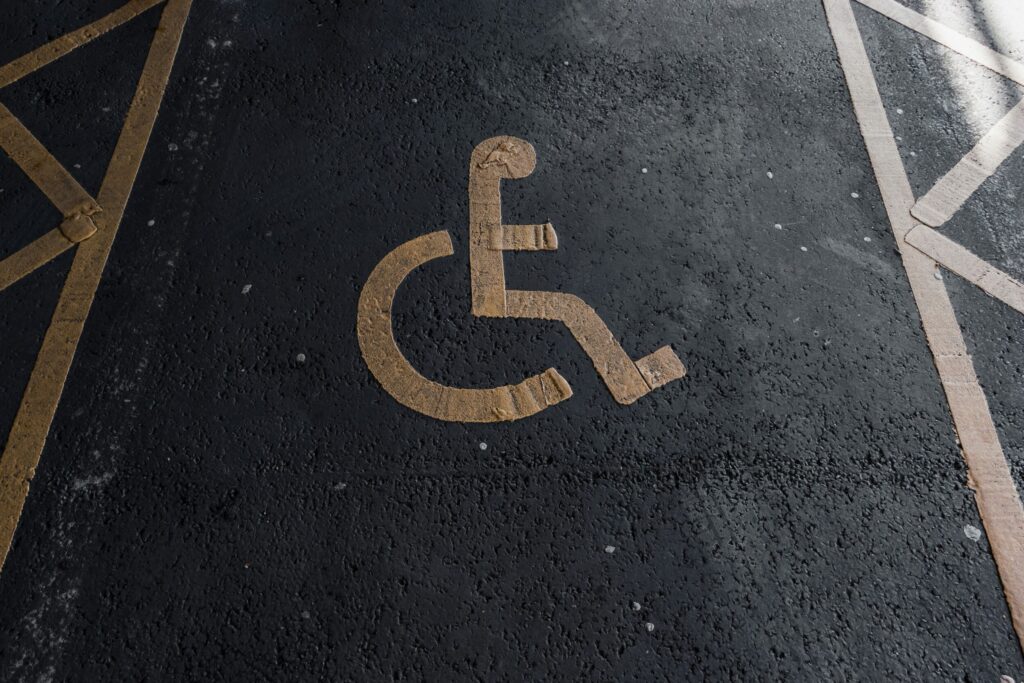A viatical settlement is similar to a life settlement, though a viatical isn’t taxed and has notable differences when it comes to eligibility. Viatical settlements actually aren’t uncommon, but they’re not often discussed, so many people haven’t heard of them. Viaticals has existed alongside life settlements since the 1911 Supreme Court ruling in Grigsby vs. Russell where it was determined that life insurance policies are property and may, therefore, be lawfully sold to third parties.
Viatical Vs. Life Settlements
A life settlement is where a life insurance policyholder sells their policy for a cash payout. This will generally be a lump sum, but some settlements may agree on different payments. Life insurance policies are typically purchased by the insured to protect their financial dependents in case of their unexpected death. In such an event, the policyholder’s beneficiaries receive an agreed-upon sum as a death benefit. If the policyholder no longer has dependents, the policy doesn’t make sense, so they may wish to sell it. Alternatively, the insured may decide that a smaller cash payout now is still better than a death benefit. Life settlements are typically sought by those 70 or older, and they are frequently used to fund either retirement or medical care.
Viatical settlements are like life settlements, but they’re specifically pursued by those with severe illnesses and short life expectancies. With a viatical settlement contract, the life insurance policy is sold to a third-party viatical settlement provider, usually at a discounted rate compared to its cash value, in exchange for an immediate lump sum payout. The viatical settlement company then holds the life insurance policy on behalf of a Viator until their death, at which point the viatical settlement company receives the death benefit. Viatical settlements are often pursued so that the policyholder can have financial assistance with their treatments.
Settlement Qualifications
In order to qualify for a viatical settlement, the seller needs to meet three basic qualifications. First, they must have a terminal illness and a short life expectancy (typically two to four years). Second, their life insurance policy must be in effect for at least two years prior to the sale. Lastly, the policy must have a value of at least $100,000.
All policies are acceptable, whether they’re term or whole insurance. There are factors that will affect the payout, however, and anyone considering a viatical settlement should give them valuable consideration. It may be a good idea to work with a viatical settlement broker. The seller’s illness and stage of illness, the death benefit of the policy, and the policies of individual viatical settlement providers can all affect payouts.
Reasons to Pursue Viaticals
Generally speaking, the most common reason people opt for viatical settlements is so they can afford treatment for their illness. Viatical settlements surged in popularity during the 80s AIDS epidemic, and many people who sold their policies were able to afford treatments to extend, or even save, their lives. Of course, medical treatments are just one of many reasons the sale of a life insurance policy can be appealing.
For those who are beyond curative treatment, a viatical settlement can still grant financial peace of mind. The payout from these settlements is tax-free, which is a huge advantage of life settlements, and the money can be used for whatever the seller wants. This could mean paying for high-quality home care or hospice care in the late stages of their illness. Even if the seller is financially sound, the extra money can always be used to increase their quality of life. Settlement money could be used to travel or pursue other dreams while they’re still able. It could be used to help family members or provide for others in need. There’s no real limit to how settlement money can be used, and it’s immediately available.












